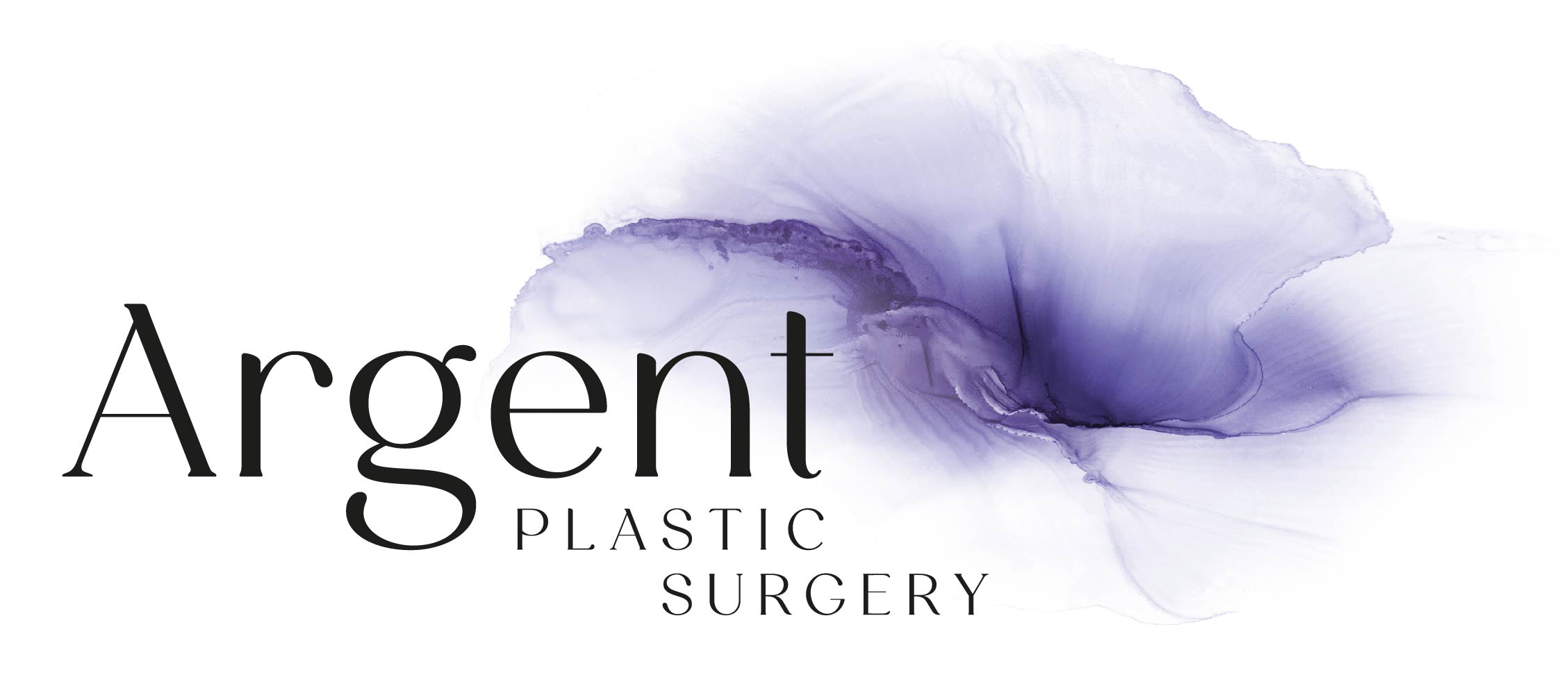
Appearance of an infected cyst
Cyst
Cyst develops from a component of the skin. They can occur anywhere in the body. It may stay quiescent and remain the same size. However, they can also increase in size, start developing a smelly whitish discharge and even get infected and discharge pus.
Once they start becoming bothersome or get infected, they should be removed. During the quiescent stage, they can be monitored or removed.
Most of the time, cyst are solitary in nature. However, in a small group of individuals, multiple cyst can develop.

Appearance of a removed pilomatrixoma
Pilomatrixoma
Pilomatrixoma is a common lesion that occurs in children. They are often found over the head and neck region. It is a slow growing, usually benign skin tumour that arise from the hair follicles. They often start off as a palpable lesion under the skin, firm and not clearly visible as an obvious skin bump. It is often mobile under the skin. Overtime, as it starts enlarging, it may gradually be more visible.
It can present as a single lesion or sometimes multiple lesions. Multiple pilomatrixoma may be associated with certain syndromes.
As pilomatrixoma does not disappear or grow smaller, the treatment of choice is a surgical excision.
Hemangioma
These are red patches that occur and immediately seen at birth (Congenital Hemangioma) or start appearing within the first or second week of birth and continues to grow during early infancy (Infantile Hemangioma).
These lesions are made of blood vessels and are mostly benign. They are generally found over the head and neck region, but can sometimes be found over other parts of the body.

Some examples of hemangioma
Infantile hemangioma often undergo a classical pattern of growth: an initial rapid growth period during the first 1 to 2 years of life, followed by an involution/regression period of shrinkage. The shrinkage can generally be estimated to be about 50% in size by 5 year old, 70% in size by 7 years old and so forth. Sometimes they do not involute completely and there remains some excessive skin or fibrofatty tissue and scarring. This may need to be surgically resected to improve the aesthetic appearance.
Most hemangiomas can be treated conservatively, however if the location involve special parts of the face like the eyes, nose and mouth that can affect functions like vision, breathing or eating, they may require treatment early, both medical or surgical options are available.

Simple acquired melanocytic nevi
Acquired melanocytic nevus
This is the most common type of melanocytic nevus. Most of us have several of these throughout our body. These nevi can start appearing in various parts of the body during childhood, often in sun exposed areas. There are several types, junction nevus, dermal nevus and compound nevus are commonly encountered.
They can be monitored closely without having the need for surgical excision. However, once they start to change in characteristics like growing in size, changing in colours and shape or start to cause irritation or affect psychosocial development, they can be removed surgically.

Blue nevus
Blue nevus
These are commonly dome shaped, smooth and have well defined edges. It appears bluish as the nevus are present deeper in the dermis.

Blue nevus

Partially treated Nevus of Ota
Nevus of Ota and Ito
These are formed in the deeper layer of the skin (dermis) and commonly seen over the face and shoulder respectively. They are often blue/grey in colour. With Nevus of Ota, there is possible involvement of the eye. These pigmentations generally become more intense in colour and darken until adulthood is reached. The risk of developing into skin cancer is rare.
Most often, these are treated with repeated session of lasers to destroy the pigments. These can either be Q-switched Nd:YAG laser, Alexandrite laser or intense pulsed light laser. The most effective laser is the picosecond laser. Sometimes a combination of various treatment including chemical peel, dermabrasion and surgery maybe required.

Partially treated Nevus of Ota



